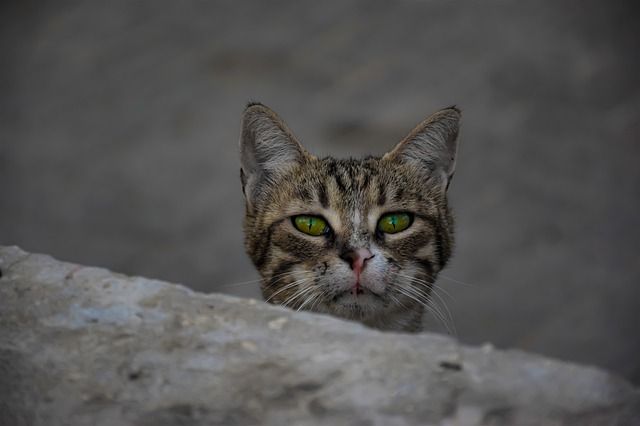5 Easy Ways to Spark Your Team’s Curiosity

Curiosity may have killed the cat, as the old maxim goes, but it can also fuel productivity growth. Curiosity plays a part in creative thinking, which in turn helps you solve problems more efficiently and improves workplace productivity levels.
A 2018 review of recent research in Harvard Business Review shows that when organizations and entrepreneurs encourage curiosity at all levels, it makes the organization much more adaptable to sudden shifts and economic crises. This leads to greater flexibility, an enhanced ability to pivot and take advantage of new contexts, and a sturdier, longer-lasting company.
If you don’t feel particularly curious these days, that’s understandable. Even in the best of times, entrepreneurs usually find themselves pulled in a million directions with a never-ending task list. This leaves less time for fun things like daydreaming or pursuing intellectual questions.
Fortunately, however, we can develop and encourage our natural levels of curiosity and become more effective entrepreneurs in the process.
Here are five simple strategies to help cultivate curiosity.
Keep a notebook or day planner.
I’ve met dozens of entrepreneurs and other productive people who’ve picked up the notebook habit. Many use a day planner instead of an online calendar to help with time management and write down important tasks or to-do lists.
I use a blank notebook to keep a brief log of my day, sketch out visualizations of problems or concepts, and take notes. I often want to write down thoughts from a piece I’m reading in order to retain the new knowledge. Putting your thoughts into writing this way is a good habit. It helps create an extemporaneous record and also gives you an instant archive for future reference.
Think visually.
Many people tend to think solely with their minds, or occasionally by writing down words (i.e., freewriting). Sometimes it helps to try a new medium.
Try thinking in three dimensions. Use modeling clay to help visualize options or new products you’re considering. Draw a sketch of the problem. Even if you don’t consider yourself artistically gifted, the mere act of putting the issue into a different form can help you visualize a new solution or idea.
Follow the digital trail.
The internet is a fantastic tool for cultivating, developing and satisfying your innate curiosity. With educational content available on almost every imaginable topic, it’s easy to see the digital world as a distraction that hurts long-term productivity.
Instead, I use it consciously to keep stoking my desire to learn by doing research in a proactive, daisy-chain fashion. Search for resources on a single topic, question, word or idea that you encounter. Look for any word, idea or concept in those resources that triggers your interest, then examine that topic.
Keep researching the topics and issues you encounter. Set the clock for thirty minutes and see how broad or deep you can get from one interesting article.
Challenge your assumptions.
We all bring a set of assumptions into new topics and experiences. Sometimes those assumptions prove valid–but many times, they don’t.
Occasionally, try challenging yourself on assumptions. Ask yourself the following questions:
- What would have to be true in order for my perception to be accurate?
- How sure am I that this is in fact true?
- What would it mean if it were not always true, or at least not true in this specific case?
- How would I go about finding out?
Often I find that a simple web search or posing a question to an expert I know is enough to shake up my entire perception of an issue or problem. What I think I know isn’t always true. This new habit of challenging my assumptions leads to better decision making and helps me develop more curiosity about how the world works.
Develop the question habit.
When we make statements, we’re asserting our knowledge. When we ask open-ended questions of others, we’re declaring our curiosity.
Asking questions and probing the expertise or hidden talents of those around you actually creates more curiosity. That’s because a little bit of knowledge highlights the gaps in your body of knowledge.
Asking a question and taking in the answer shows you, even on a subconscious level, that there are things you don’t know. The more questions you ask, the more questions you have (at least initially).
Curiosity expands your world.
Don’t expect your newly increased levels of curiosity to stay restricted to the work environment. Feeding your curiosity helps expand your world in every way. You’ll see new possibilities beyond the confines of your usual daily personal life.
You’ll also begin to notice that your mind, now active instead of reactive, is constantly scanning for new ideas and concepts to explore. That is the very essence of creativity–making new connections between ideas and concepts that already exist.
Thanks for reading! My work is almost entirely reader-funded so if you enjoyed this piece please consider sharing it around, liking me on Facebook, following me on Twitter, and maybe throwing some money into my hat on Patreon, Paypal, or with Etherium:. 0X24AC7A8FF92721B9827A03A6936F



